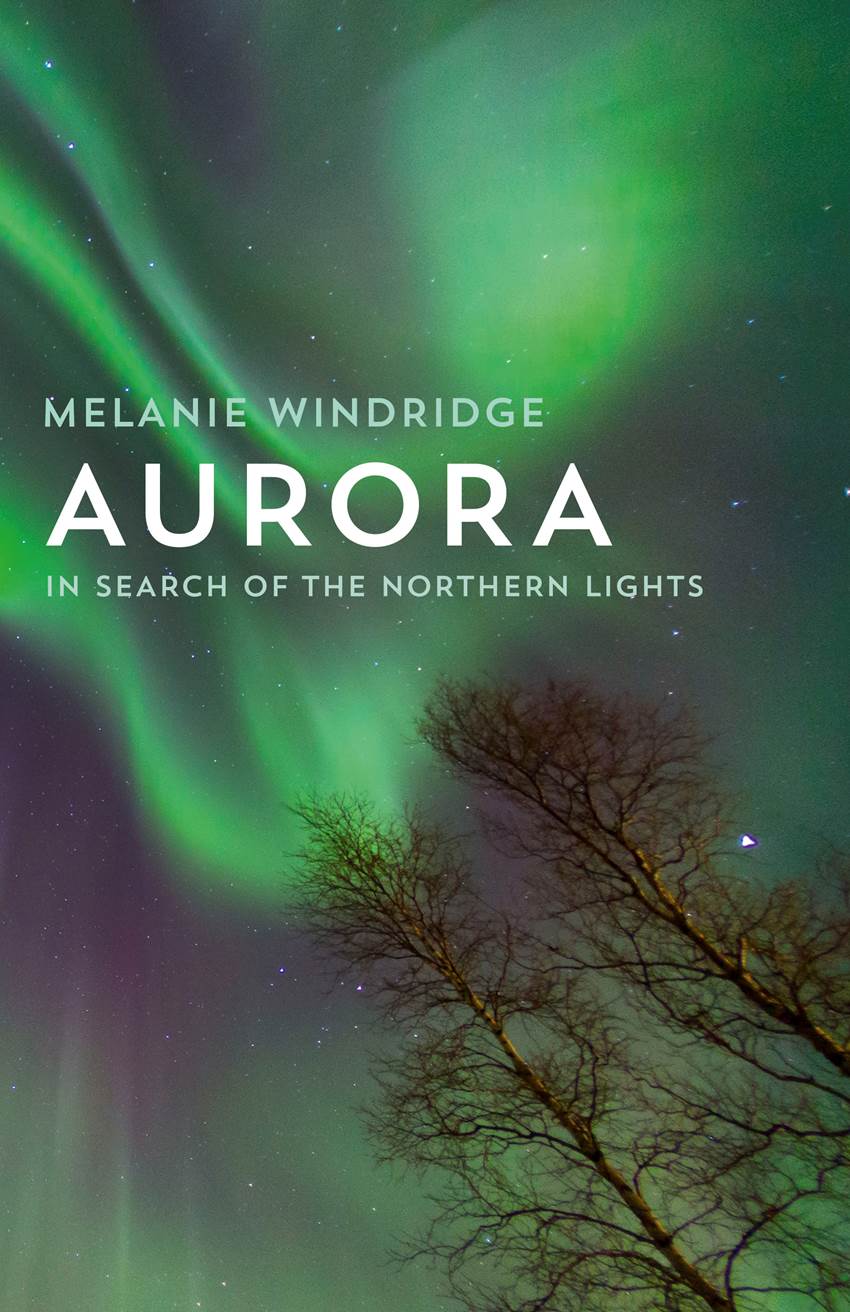Fusion is the reaction that powers the stars. Energy is released when two small particles come together and fuse into one, larger particle. In fusion experiments on Earth, these small particles are the nuclei of deuterium and tritium – types of heavy hydrogen – and they fuse together to make a helium nucleus. So the waste product of fusion is helium, which is perfectly safe.
For fusion reactions to happen the deuterium and tritium must be very hot, otherwise they will never come together. A nucleus is made of protons (positive) and neutrons (neutral), so they all have a positive charge and so repel each other. To get the nuclei to fuse they must be made to travel so fast that they can slam into each other so hard that they can overcome the repulsive force they feel and get really close. When they are really close, the strong nuclear force that holds the protons and neutrons together in the nucleus kicks in and will pull the fusing particles together into one big nucleus. This then spits out a spare neutron because it is unbalanced, and leaves the helium nucleus and a neutron, which carries away most of the energy because it is small and light.
To get the particles moving fast enough for fusion the gas must be heated to very high temperatures. At JET, this is more than 100 million degrees – hotter than the centre of the Sun! At this temperature the gas is in a state called plasma, which is an ionised gas. This means that the electrons have been stripped from the atoms to leave the nuclei (ions) and the electrons buzzing around separately, so the plasma is charged and can respond to electric and magnetic fields. It is this property that allows us to trap the very hot gas. Magnetic fields are used to keep the hot plasma from touching the walls of its container and so keep it hot enough for fusion to occur. If the plasma does hit the wall it is not dangerous, it just cools down and everything stops.
The machines used for fusion are called tokamaks. This is a Russian acronym that stands for toroidal chamber magnetic coils, which tells you essentially what a tokamak is – a toroidal (doughnut-shaped) vessel with magnetic coils to trap and control the plasma.
PhD on Tokamak Axisymmetric Stability
Melanie’s PhD work focussed on the control of plasma in the MAST tokamak at Culham, particularly on what happens when control is lost and the plasma hits the wall, as in the black and white picture at the top of this page. She used a computer simulation code called DINA-CH to model the plasma in the machine and study its movement. The work was done in collaboration with CRPP in Lausanne, Switzerland, where Melanie spent seven months working before the start of her PhD, and with physicists from Russia’s Kurchatov and TRINITI Institutes.
Further reading
For a very general overview of fusion see Melanie’s book, Star Chambers.
For a mildly technical overview (A-level or university student level) see Melanie’s article from Institute of Physics’ Nexus News magazine, November 2007. Nexus_fusion_windridge.pdf.
For more recent progress read Melanie’s article from the Energy Industry Times on Tokamak Energy’s faster way to fusion, February 2016.
EnergyIndustryTimes_fusion_2016

